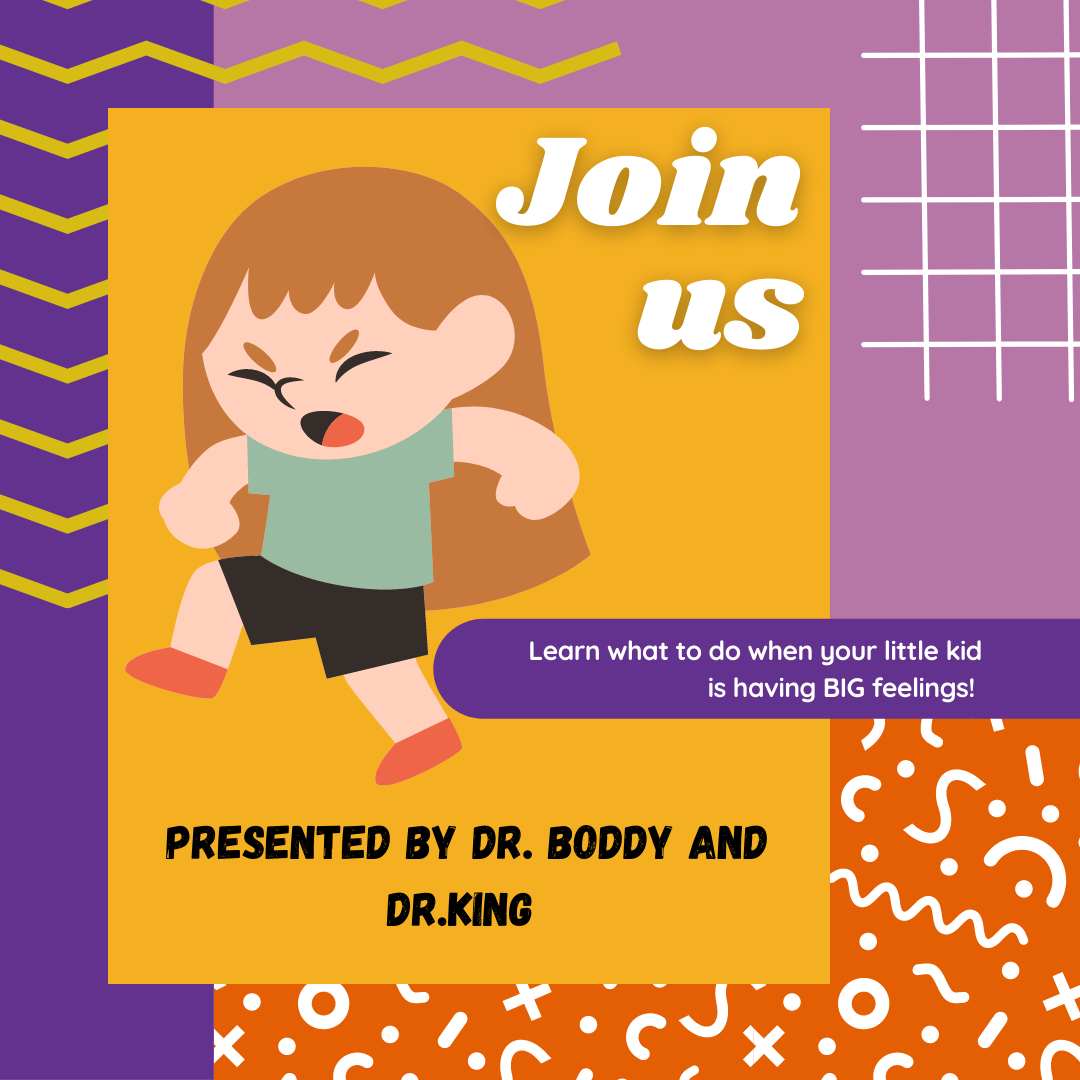Toddlers: Terrible Two’s to Troublesome Three’s
Advice for New Parents
Do you ever feel like you don’t know what you are doing when it comes to being a parent? I was recently told my loving and challenging 3-year-old bit another kid on the playground. Yes, a child psychologist was told that their child resorted to physical aggression! I was shocked and horrified as my mind scrambled to understand why. I was embarrassed, humiliated, and upset. I personalized my child’s behavior as a reflection of me, a child psychologist, and my parenting. I questioned whether I was a good mother.
While tolerating these upsetting feelings, I am also grateful for my share of humble pie. I am not perfect. I am also doing the best I can. I am also not responsible for my child’s decisions. I am also guilty of judging other parents for their child’s behavior. This was a prime example of how so many parents feel like their child’s behavior reflects who they are as a person, as a mom. This was a great moment for me and so many moms out there to practice self-compassion.
It was hard to hold in my feelings, but I quickly called my partner as soon as I had the kids settled in the car. I notified him that we needed to have our first big parenting debut with our 3-year-old, but we both needed to think about how we wanted to handle the issue and communicate with one another. Rather than blaming myself or our child, I knew how we handled the situation was very important. I asked myself, “How do I want to handle the situation?” I also wondered “how can I be intentional and effective without shaming my child?”
Manage Expectations
We often assume children should automatically know how to behave better, when in fact, we must teach them. We do not hold those same assumptions when our child is learning the alphabet or numbers. They must be explicitly taught with repetition and practice. We must teach our child the importance of holding hands while crossing the street, how to share, and how to show kindness. Why do we treat behavior and socialization any differently?
Parenting Skills
So, I bet you are wondering how we handled it? We decided to use this as an educational moment. We simply said in a very casual and calm way, “We learned that you bit another child on the playground today. Tell us what happened.” We asked her how she was feeling in the moment right before it happened. It was obvious she felt bad about her behavior as she said, “I do not want to talk about it.” I had to do some prompting. I said, “Honey, sometimes when children bite they might feel mad, angry, sad, confused, or even excited. I wonder if you felt something like that.” She iterated under her breath, “Well, I was actually mad at him because he did not want to play with me.” Once she started talking, we praised her for talking with us even though it was hard. We explained that feeling those strong feelings is normal, but it is never okay to hurt someone with our body like hitting, kicking, spitting, or biting. We did not belabor the point and went into problem-solving mode. My husband asked, “What are some things you can do next time you feel upset and angry?” With help, she arrived at the conclusion that she should tell an adult, walk away, and/or play with her other friends.
In sum, we practiced ALOT of skills…
labeling the feeling(s)
recognizing that feeling in our bodies
communicating it with an adult
problem-solving.
Yeah, it is quite a lot for our little ones to learn. We expect a lot from our kids, even when we ourselves may struggle with one or all of these steps. At the end of the day, I am reminded that these skills have to be taught, are effective for everyone, and are opportunities to practice what I preach.
Emotional Intelligence: How to teach it
1. Start by helping your child label emotions. A feelings flip book is a nice and easy way to teach children about emotions from an early age. Have fun modeling and acting out emotions and role-playing with your child. They more you label your own feelings on a routine basis will help your children identify and communicate how they feel.
Get creative. Draw, paint, and role-play some emotions.
Point out facial expressions in books and label the possible feeling saying, “They seem happy because they are smiling.”
Practice labeling your own emotions throughout your day to your child.
2. Identify how the feeling feels in your body. Sometimes it is hard for people, especially kids, to know how they are feeling. Listening to My Body by Gabi Garcia has been really helpful for my child and clinical practice.
Anger: clenched jaw, fists ball up, pursed lips
Happy: smiling, relaxed, calm
Sad: want to be alone, tearful,
Nervous: body aches, head hurting, shaking, sweating
3. Communicate your feelings with a trusted adult.
Use I-statements (Example: I feel upset because they would not play with me.)
Model how to communicate your feelings so your child learns from watching you.
4. Problem-solve. You will learn that I am a big fan of Dr. Greene’s work on collaborative problem-solving. His book, The Explosive Child, 6th Edition talks about this technique in practical terms. This is a highly effective skill for all children…and adults!
Identify the problem
Invite and discuss the pros and cons of all the solutions in a non-judgmental way
Decide on what solutions might be best and try it.
Later review together to see if the solution worked.
Praise and reward!
Parenting Classes
Relationship advice for women
If you found this article helpful be sure to sign up for our newsletter to stay updated on our new articles.




